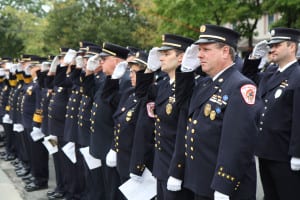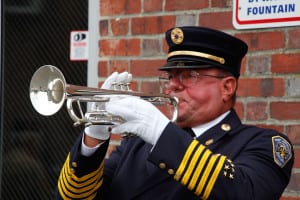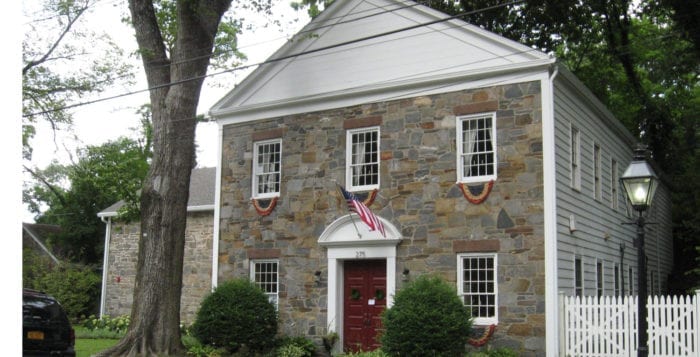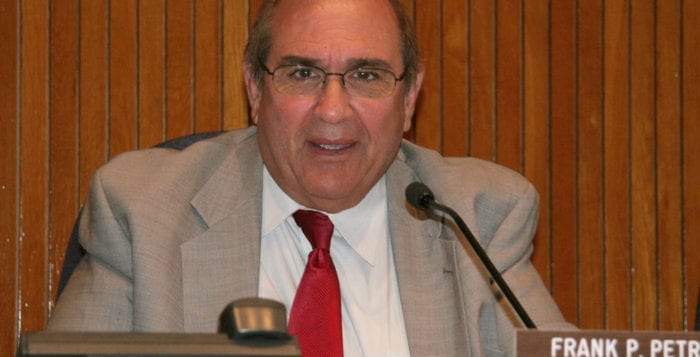By Daniel Dunaief
For some people, the frontier lies deep in space, further than the eye can see. For others, the frontier resides at tremendous pressure beneath the surface of the ocean. For Tony Zador, the chair of neuroscience and professor of biology at Cold Spring Harbor Laboratory, the frontier is much closer to home, in the collection of signals in our brains that enable thought and direct our actions.
Recently, Zador and his research team helped explore that frontier, developing a technological innovation that allowed them to see where nervous system cells from one important region projected into other areas.
About six years ago, Zador came up with the idea to barcode the brain. Zador and his former graduate student Justus Kebschull explored the connections between the locus coeruleus (LC) and other parts of a rodent brain. The LC is responsible for reacting to stressful situations, allowing an animal to stimulate areas that might help save its life, including those responsible for visual or auditory processing.
Researchers believed that the intercom system that connected the LC to the rest of the brain could stimulate all areas at once, like a building-wide announcement coming over the public address system. What scientists didn’t know, however, was whether that communication system could send messages to individual areas.
“People knew before our work that neurons in the locus coeruleus broadcast their signals throughout the cortex,” Zador said. “What was not known was whether there was any specificity. It was always assumed.”
Zador found that individual neurons had precise connections to different parts of the brain. While this doesn’t prove that the LC can selectively activate one area, the way a superintendent might send a signal to one wing of a building, it demonstrates the specificity of the connections, which “raises the possibility” of selective signals.
Indeed, if each neuron diffusely spread out across the entire cortex, there would be no way to achieve localized control over cortical functions through the LC system. The visual cortex, for example, would be alerted at the same time as the auditory and frontal cortex.
Ultimately, Zador is interested in the brain’s neuronal network. The way nervous system cells communicate in our brains can help us understand how we process and interact with the world around us. Down the road, he is hoping to help create something called a connectome, which will provide a map of that network.
This information, at a basic level, could provide a better understanding of neurological conditions such as autism, schizophrenia, depression and addiction.
At this stage, however, Zador is building a network called the projectome, which provides a map of the specific regions neurons go in the brain. He collects this information by inserting a deactivated virus with a unique genetic code into the brain. These viruses act as a label, allowing Zador and his colleagues to trace the areas where individual neurons go. This technique, he said, doesn’t indicate whether neuron one is connected to neuron two, three or four, but, rather, it indicates whether neuron one is connected to a bunch of neurons in regions one and two but not in three and four.
Zador “had to develop a method of bar coding each neuron so that it is unique and a technique of detecting each bar code individually,” said Bruce Stillman, the president and chief executive officer of Cold Spring Harbor Laboratory. By collecting numerous samples of where these neurons go, Zador, his collaborators and other scientists can determine the natural range of variability for animal models of individuals with typical behaviors and reactions. Once they establish that range of typical wiring, they can compare that to animal models of neurological challenges, like autism. Zador wants to “create a baseline against which we can compare neuropsychiatric models of disease.”
Stillman explained that Zador’s focus at CSHL has been on cognition — how the brain makes decisions, retains memory and pays attention to tasks at hand. Zador, Stillman suggested, is “one of the pioneers in establishing the rodent cognition area.”
To understand cognition, however, Zador needed to see what regions of the brain are connected to other areas, providing a road map of the brain. Even though he didn’t have a background in molecular biology, Zador benefited from working with specialists at CSHL to create this bar coding, Stillman explained. Stillman described Zador as “bright” and “broad thinking.”
Zador said the next step in his work will be to relate the projections to the individual cells’ function in the brain. He would also like to see their neuron-to-neuron connectivity. He said he is pursuing both goals and hopes to submit a paper in the next month or two describing such a method for the first time.
“Although we can sequence the codes” from neighboring neurons, “we still have work to do to figure out connectivity,” Zador said. “That involves significant molecular tricks that we’re refining.”
Georgio Ascoli, a collaborator with Zador and the director of the Center for Neural Informatics at the Krasnow Institute of Advanced Study at George Mason University, described Zador as an “internationally renowned, highly respected scientist,” whose best known contributions relate to the challenge of understanding how the brain can seamlessly decide which stimuli in a varied environment like a cocktail party to listen to among numerous choices.
A resident of Laurel Hollow, Zador lives with his wife Kathy Shamoun, who practices Chinese medicine at CSHL and is a childbirth educator and doula. The couple has two sons, Ronin, 10, and Bowie, 6.
As for the benefits of this bar-coding approach, Ascoli explained that the technique is “potentially revolutionary because of its inherent scalability to full mammalian brain mapping, which is currently out of reach for alternative approaches.”

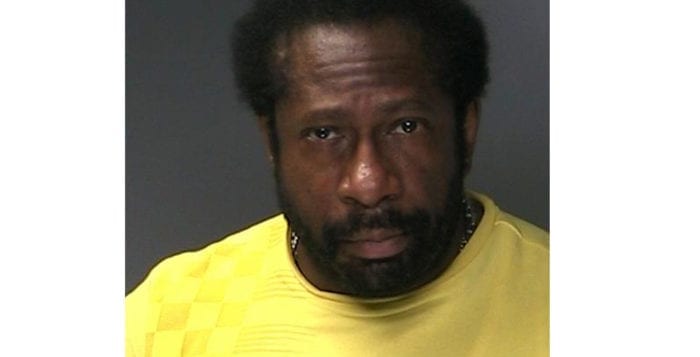







 ‘Dishing Out Delicious’ is available at Barnes and Noble and www.amazon.com.
‘Dishing Out Delicious’ is available at Barnes and Noble and www.amazon.com.

